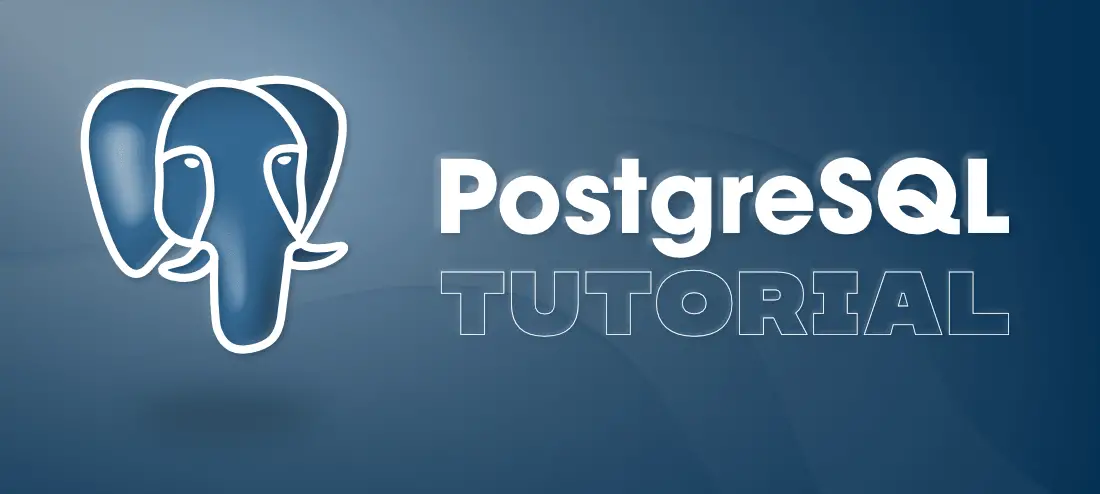

Summary: in this tutorial, you will learn how to use the PostgreSQL ALTER ROLE statement to modify the attributes of a role, rename a role, and change a role’s session default for a configuration variable.
Using the PostgreSQL ALTER ROLE to modify attributes of roles
To change attributes of a role, you use the following form of ALTER ROLE statement:
ALTER ROLE role_name [WITH] option;
The option can be:
SUPERUSER|NOSUPERUSER– determine if the role is asuperuseror not.CREATEDB|NOCREATEDB– allow the role to create new databases.CREATEROLE|NOCREATEROLE– allow the role to create or change roles.INHERIT|NOINHERIT– determine if the role to inherit privileges of roles of which it is a member.LOGIN|NOLOGIN– allow the role to log in.REPLICATION|NOREPLICATION– determine if the role is a replication roles.BYPASSRLS|NOBYPASSRLS– determine if the role to by pass a row-level security (RLS) policy.CONNECTION LIMIT limit– specify the number of concurrent connection a role can made, -1 means unlimited.PASSWORD 'password' | PASSWORD NULL– change the role’s password.VALID UNTIL 'timestamp'– set the date and time after which the role’s password is no long valid.
The following rules are applied:
- Superusers can change any of those attributes for any role.
- Roles that have the
CREATEROLEattribute can change any of these attributes for only non-superusers and no-replication roles. - Ordinal roles can only change their passwords.
First, log in to the PostgreSQL using the postgres role.
Second, create a new role called calf using the CREATE ROLE statement:
create role calf login password 'securePwd1';
The calf role can login with a password.
Because postgres is a superuser, it can change the role calf to be a superuser:
alter role calf superuser;
To view the role calf in psql interactive program, you use the \du following command:
\du calf
Output:
List of roles
Role name | Attributes | Member of
-----------+------------+-----------
calf | Superuser | {}
The following statement sets the password of the role calf to expire until the end of 2050:
alter role calf
valid until '2050-01-01';
Use the \du command to see the effect:
\du calf
Output:
List of roles
Role name | Attributes | Member of
-----------+---------------------------------------------+-----------
calf | Superuser +| {}
| Password valid until 2050-01-01 00:00:00-08 |
Using the PostgreSQL ALTER ROLE to rename roles
To change the name of a role, you use the following form of the ALTER ROLE statement:
ALTER ROLE role_name
TO new_name;
In this syntax, you specify the name of the role after the ALTER ROLE keywords and the new name of the role after the TO keyword.
A superuser can rename any role. A role with the CREATEROLE privilege can rename no-superuser roles.
If you use a role to log in to the PostgreSQL database server and rename it in the current session, you will get an error:
ERROR: session user cannot be renamed
In this case, you need to connect to the PostgreSQL database server using a different role to rename that role.
You execute the following statement from the postgres‘ session to rename the role calf to elephant:
ALTER ROLE calf
RENAME TO elephant;
Using the PostgreSQL ALTER ROLE to change a role’s session default for a configuration variable
The following ALTER ROLE statement changes the role’s session default for a configuration variable:
ALTER ROLE role_name | CURRENT_USER | SESSION_USER | ALL
[IN DATABASE database_name]
SET configuration_param = { value | DEFAULT }
In this syntax:
- First, specify the name of the role that you want to modify the role’s session default, or use the
CURRENT_USER, orSESSION_USER. You use theALLoption to change the settings for all roles. - Second, specify a database name after the
IN DATABASEkeyword to change only for sessions in the named database. In case you omit theIN DATABASEclause, the change will be applied to all databases. - Third, specify the configuration parameter and the new value in the
SETclause.
Superusers can change session defaults of any roles. Roles with the CREATEROLE attribute can set the defaults for non-superuser roles. Ordinary roles can only set defaults for themselves. Only superusers can change a setting for all roles in all databases.
The following example uses the ALTER ROLE to give the role elephant a non-default, database-specific setting of the client_min_messages parameter:
ALTER ROLE elephant
IN DATABASE dvdrental
SET client_min_messages = NOTICE;
Summary
- Use
ALTER ROLE role_name optionto modify attributes of a role. - Use
ALTER ROLE role_name RENAME TO new_rolestatement to rename a role. - Use
ALTER ROLE role_name SET param=valuestatement to change a role’s session default for a configuration variable.















Leave a Reply